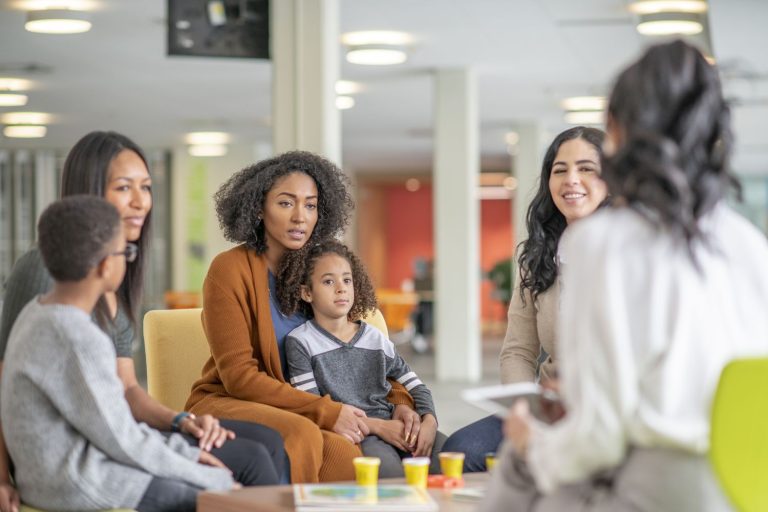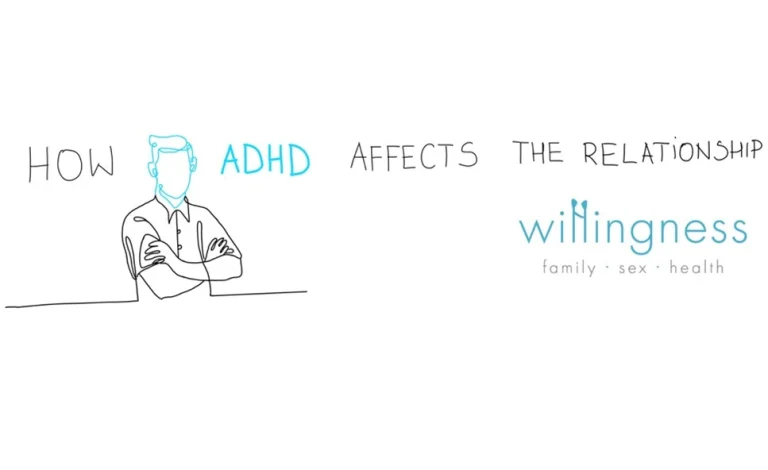Grief…its complicated – Part 3/4
In the first two parts of this blog we discussed the process of grief: that it is not linear but moves from an acute phase, when the loved one is lost to a place where we accommodate to the grief process and start engaging with life once again.
However, why do we grief? The most obvious answer is that we do so when we lose someone or something important to us. There is a reason for this. Long after infancy, where we need attachment figures for survival, we continue to seek persons to be close to. These are the people that support us, listen to us, share our lives with us. However research indicates that these individuals have a regulatory function in our lives (Delaney, 2016). We actually function better when we are around them. So our whole being protests when we lose them. And it is no surprise that we go through a very difficult process of adjustment when they go for good. However, after the first couple of weeks without our loved on around, resilience kicks in. We find ways how to adapt to our loss.
Slowly, but surely we start adjusting to a different life, a different way of being.
Anna Catania is a counsellor with Willingness. She has had a special interest in working with clients facing intimacy and sexual difficulties and runs a service for families going through cancer and chronic illness. She can be contacted on anna@willingness.com.mt
You can visit her profile on: https://zme.tec.mybluehost.me/willingnessmt/team/anna-catania/






